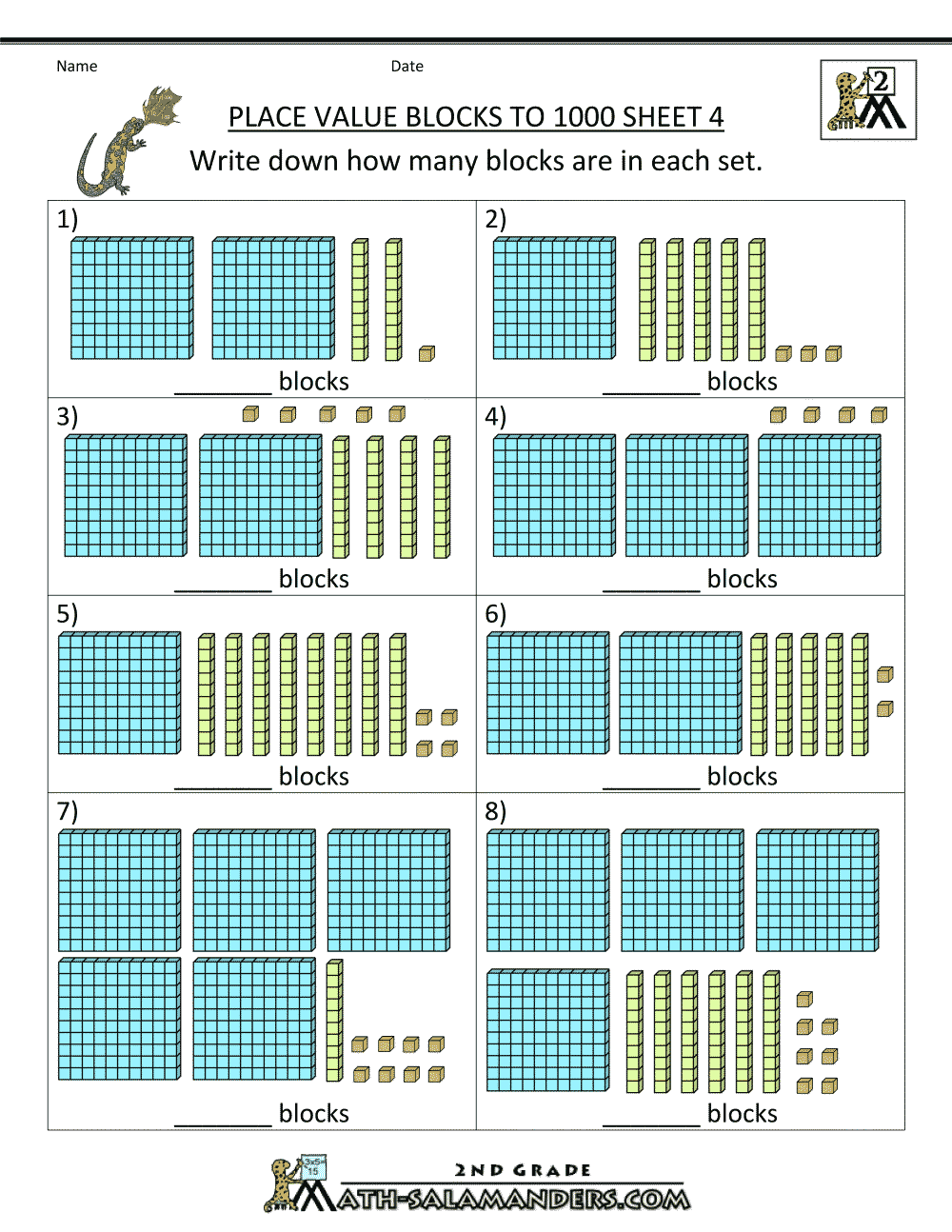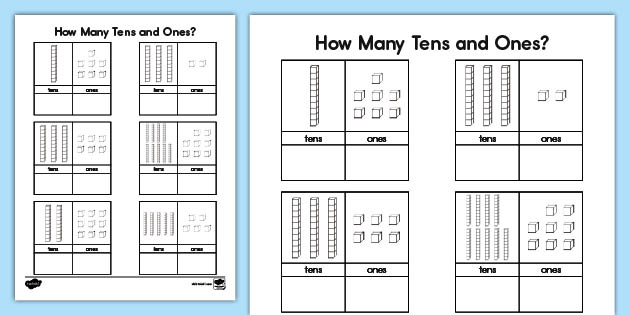

MAB base ten blocks allow children to see how ten unit blocks in the units column can be replaced with one ten rod, which we can then move into the tens column. The advantage of Dienes blocks is that they can easily represent larger numbers when compared to other manipulatives such as counters.

Base ten Dienes blocks are a physical manipulative that children can used to build and represent numbers. We could also say that the value of each place value column is ten times smaller than the one to its left.īase 10 blocks are a useful way to enable children to visualise numbers and to see how they relate to each other in our number system. The value of each place value column is ten times greater than the one to its right. This means that each place value column works in groups of ten.

This system is called the base ten system because the numbers are built from 10 different digits: 1, 2, 3, 4, 5, 6, 7, 8, 9 and 0. This is the MAB base ten block with the largest value.īelow is a printable teaching poster that may be useful for teaching the Dienes block values.ĭienes blocks (or MAB blocks) are also called base 10 blocks because they follow our number and place value system. Ten flats can be joined together to make a cube block. Ten rows of these rods can be joined together to make a flat sheet of 100 unit cubes. The smallest value is one cube unit block, which is worth 1.Ī row of ten unit cubes are joined together to make a rod. There are four types of base ten blocks, which are called the unit block, the rod, the flat and the cube block. Base ten blocks are also known as Dienes blocks, Multibase Arithmetic Blocks (MAB Blocks for short) and Place Value blocks.īase 10 blocks are objects that are used to represent Units (Ones), Tens, Hundreds and Thousands.


 0 kommentar(er)
0 kommentar(er)
